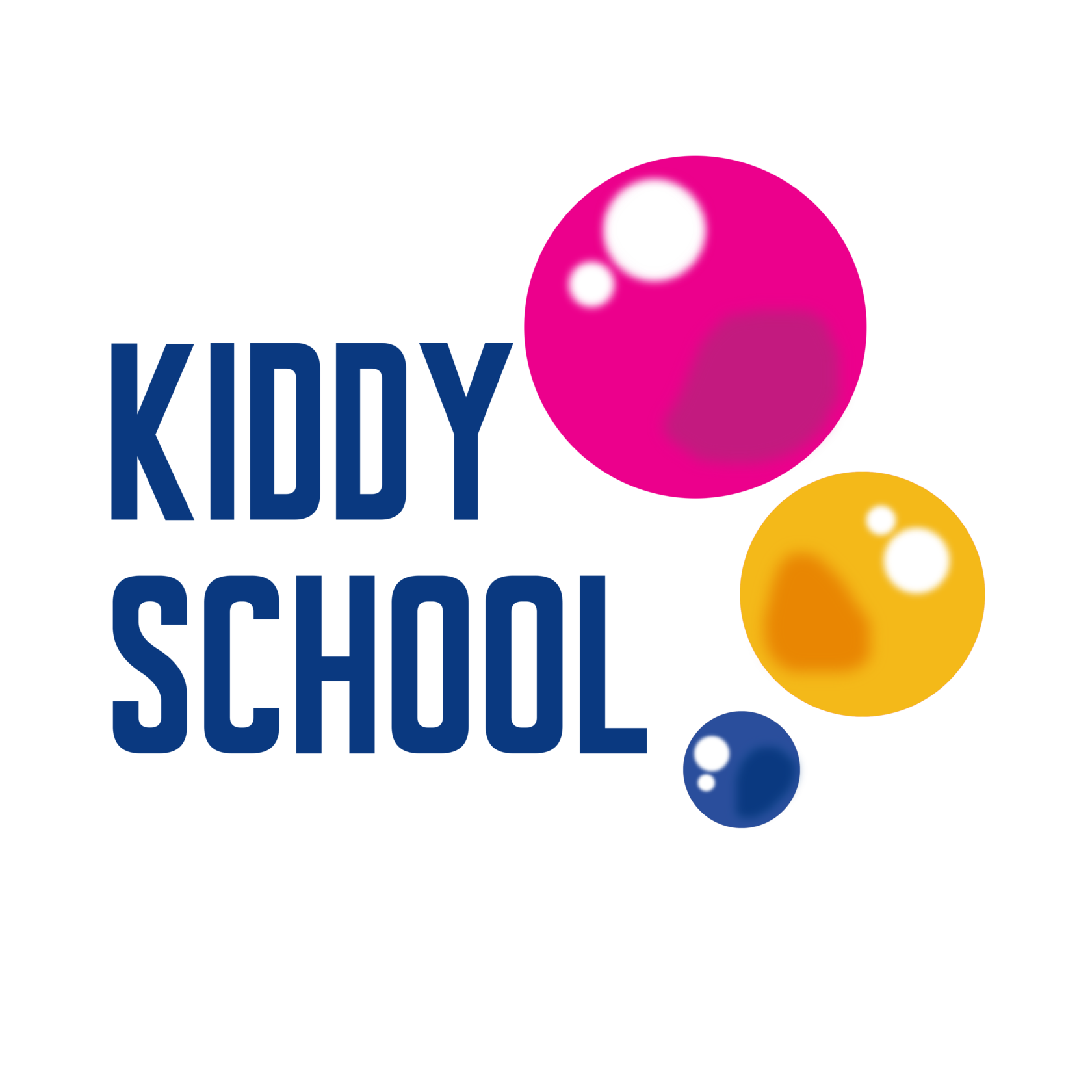At What Age Can a Child
Learn Python?
Why Python Is an Excellent Start in Coding
Why Python Is an Excellent Start in Coding
You must guide your kid down the appropriate route through coding classes for kids if they are interested in computer programming. One can't expect young minds to pick up and run without a substantial investment of time and enthusiasm.
A wide variety of programming languages are available to your child, each with its difficulty level, set of features, and practical applications. The language your child starts with is, therefore, critically important.
Popular and easy to learn, Python for kids has a large and dedicated user base. Python is an excellent language for those who want to make a career change in the computer industry by learning to code. Explain coding to a child and help them understand why Python is a great starting point. It's utilized everywhere, from machine learning and data science to video game development, because it's simple to pick up and has many applications.

Why Kids Need to Learn Coding in General
Why Kids Need to Learn Coding in General
Improves Problem-Solving Capacity
Young people who engage in regular coding activities develop more sophisticated problem-solving abilities. These abilities will serve students well in the classroom, among peers, their professional lives, and in all aspects of their daily lives. Knowing how to code could enable kids to succeed in school and prepare them for future interviews and tests because many companies highly satisfy problem-solving abilities.
Promotes Application of Logic
In the future, many admission examinations will also include questions testing your ability to think analytically. Training Python programming for 10-year-olds to children in logical thinking improves their cognitive agility and speed.
Boosts Perseverence and Creates Confidence
Attempting to solve a problem despite experiencing setbacks is a great way to foster the trait of perseverance in children. Children get great self-assurance when they discover a solution to a problem.
Yet again, self-assurance and tenacity are transferable characteristics that will serve them well in school, relationships, and professional lives.

Why Python is the Perfect Programing Language for Kids
Why Python is the Perfect Programing Language for Kids
Python's philosophy of design is where you'll find the solution. Python's designers prioritized keeping the language's structure as straightforward as possible. The language used had to be clear, and the code needed to be legible.
They also requested a tone that was just a touch more playful in writing. With these goals in mind, they were able to design a language that is flexible, understandable, and simple to implement.
Beginning coders should focus on learning an intuitive language that has minimal syntactic rules and makes it simple to convey ideas. If you're looking for a language that meets all these criteria, go no further than Python for kids.
A child would have to understand several rules and grammar in more conventional programming languages like C++, Java, and C before writing their first program.
Output and input, for instance, must be explained to kids in great detail before they can start coding in languages like C or Java. That's not the case in Python. Python has built-in input/output functions that may be used without teaching kids the ins and outs of how computers work.
This essay aims to argue why Python should be taught as a first programming language to all children and to highlight the many ways in which Python could be helpful.
Below are a few arguments for why Python is a great language to teach kids their initial programming concepts.
1. It is Easy for First-Timers and Beginners
Python's philosophy of design is where you'll find the solution. Python's designers prioritized keeping the language's structure as straightforward as possible. The language used had to be clear, and the code needed to be legible.
They also requested a tone that was just a touch more playful in writing. With these goals in mind, they were able to design a language that is flexible, understandable, and simple to implement.
Beginning coders should focus on learning an intuitive language that has minimal syntactic rules and makes it simple to convey ideas. If you're looking for a language that meets all these criteria, go no further than Python for kids.
A child would have to understand several rules and grammar in more conventional programming languages like C++, Java, and C before writing their first program.
Output and input, for instance, must be explained to kids in great detail before they can start coding in languages like C or Java. That's not the case in Python. Python has built-in input/output functions that may be used without teaching kids the ins and outs of how computers work.
This essay aims to argue why Python should be taught as a first programming language to all children and to highlight the many ways in which Python could be helpful.
Below are a few arguments for why Python is a great language to teach kids their initial programming concepts.
2. Simple English Language Commands Required
While Python's fundamentals are comparable to those of other computer programs, it simplifies the declaration and use of strings and arrays. This kid-friendly coding language simplifies complex concepts and is surprisingly easy to learn.
3. Block-Indentation
Use spaces instead of tabs to make an indentation. The feature helps developers save time while making code so readable that young programmers switching from C or Java are blown away by how organized it is.
4. Easy to Install, Even by the Kids
You may get Python up and running on your system by executing the installer and following the on-screen directions. In Windows, you may run programs by searching for "cmd" and then clicking on the results. Search for "terminal" and launch your apps from there if you're running a Mac or a Linus-based OS.
5. Free and Open Source
6. Growing Demand for Python in the Market
When you join Python's community of committed users, you become part of something bigger than yourself. Python allows youngsters to create a wide variety of games that are simple to make and loads of fun.
7. Wide Use Across Many Domains
Python is also widely utilized in other areas, such as Machine Learning and Web Development. However, the gaming industry is by far Python's most popular application. It's expected that the language's prevalence will continue to rise. Therefore, teaching children to code in Python will have a significant effect.
You, the parent, could be wondering what your child stands to gain by learning Python. Whereas the reasons why Python is simple to learn and simple to code have already been discussed in detail, there are numerous additional advantages to using Python as a coding language.
Teaching Python for 8 year old to your is a great way to pique their interest in various fields, not just computing. He will have an appreciation for science and math due to this experience. Since this is the case, logic plays a crucial role in the development process. As a result, their capacity for thought and reasoning will grow, making them more intelligent in general.
They can increase their future employability if they start learning Python early and keep it up throughout their lives. Learning to code earlier is crucial, and Python is the best language for a start.
Kiddy School provides Python coding classes for teens and kids 9y.o. and up.
What Age Should a Child Learn to Code?
What Age Should a Child Learn to Code?
The age at which a child can start learning to code can vary depending on their individual interests, abilities, and the resources available to them. Generally, children as young as 5 or 6 years old can begin learning basic coding concepts through visual programming languages and block-based coding platforms that use colorful blocks of code to create simple programs. For example, Scratch. These platforms often provide a fun and interactive way for young children to understand the logic behind coding.
As children grow older, around 8 to 10 years old, they can start exploring more structured coding languages such as Python and Roblox which allow them to create more complex projects and develop problem-solving skills. At this stage, they can start understanding concepts like variables, loops, and conditionals.
It's important to note that while coding can be introduced at a young age, a child's readiness to learn coding also depends on their cognitive development, interest in technology, and ability to understand abstract concepts. Therefore, it's crucial to focus on creating a positive and engaging learning environment rather than setting a specific age limit.
Parents and educators can provide opportunities for children to explore coding through various resources like coding classes, online tutorials, coding games, and educational toys. Encouraging creativity, logical thinking, and problem-solving skills from an early age can lay a strong foundation for a child's coding journey.
At What Age Can a Child Learn Python?
At What Age Can a Child Learn Python?
Children can begin learning Python, a popular programming language, at around 10 to 12 years old, depending on their individual capabilities and interests. Python is often considered a good language for beginners due to its simple and readable syntax, making it more accessible for young learners.
By this age, children typically have a better grasp of mathematical concepts and logical thinking, which are important skills for programming. They can understand and apply fundamental programming concepts such as variables, loops, conditionals, and functions.
When introducing Python to children, it is advisable to use interactive and visually engaging resources specifically designed for their age group. There are various online platforms, coding tutorials, and educational games available that can make learning Python fun and interactive for young learners. These resources often provide step-by-step guidance and incorporate gamification elements to keep children motivated and engaged.
It's important to note that while Python is a beginner-friendly language, the complexity of projects and concepts can vary. It's crucial to tailor the learning experience to the child's age and abilities, gradually increasing the difficulty level as they progress. Encouraging hands-on projects, problem-solving exercises, and collaborative learning can further enhance their understanding and enjoyment of Python programming.
Resources
Resources
Books
Python for Kids: A Playful Introduction to Programming
Teach Your Kids to Code: A Parent-Friendly Guide to Python Programming
Python For Kids For Dummies
Learn to Program with Minecraft: Transform Your World with the Power of Python
Hello Raspberry Pi!: Python programming for kids and other beginners
Websites
Python Language
Python Games For Kids
Python Language Online
Do you want your kid to try coding?
Sign up for a trial with our experienced tutors trained by Google and Microsoft professionals!
Python coding school for kids

